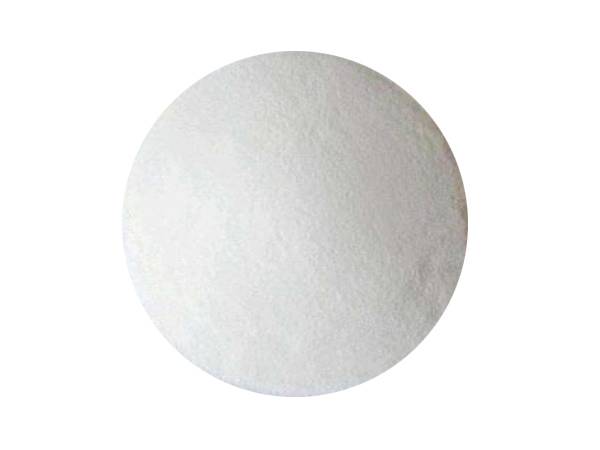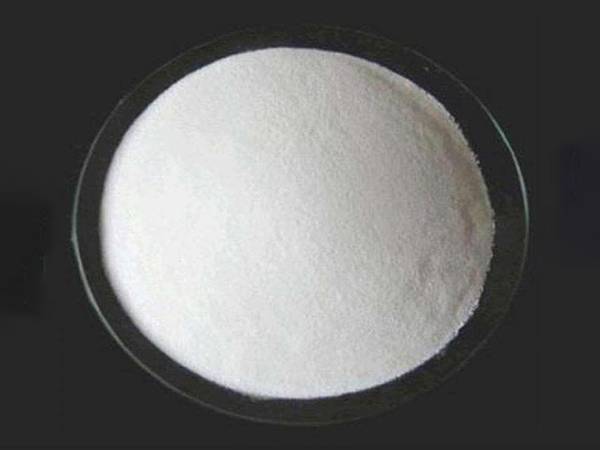



Potassium Persulphate CAS 7727-21-1 High Purity SDS Ready?
Potassium Persulphate: insider notes, specs, and where it actually works
If you’ve ever etched copper, kicked off a fast emulsion polymerization, or mixed a salon-grade bleach powder, you’ve probably crossed paths with potassium persulphate. To be honest, it’s a quiet workhorse—strong oxidizer, reliable initiator. From Zhongyuan Building No.368 Youyi North Street, Shijiazhuang, China, I’ve been tracking batches from FizaChem for years; the consistency is what keeps buyers coming back.

What it is and why the industry cares
Also called peroxydisulfate, potassium persulphate (K2S2O8, CAS 7727-21-1; EINECS 231-781-8) is valued for high redox potential and clean decomposition—great when you want radicals without heavy residues. In fact, many customers say they choose potassium persulphate over sodium salt when they want slightly slower dissolution, tighter handling in blends, or specific formulation behavior in hair bleaching powders.
Typical applications
- Electronics: copper etching for PCB (predictable rate, fewer staining issues when process is tuned).
- Polymer chemistry: radical initiator for acrylate/VA emulsion polymerization—nice, steady kinetics.
- Cosmetics: oxidizing component in bleaching powders (handled with care; dust control is key).
- Water/soil: oxidation steps and lab digestion methods; ISCO sometimes favors sodium, but potassium persulphate still shows up in pilot tests.
Product specifications (indicative)
| Appearance | White crystalline powder |
| Assay (K2S2O8) | ≥ 99.0% (≈99.2% typical; real-world use may vary) |
| Active oxygen | ≈ 5.8%–6.0% |
| Moisture | ≤ 0.15% (KF) |
| pH (5% aq.) | ≈ 1.0–3.0 (ISO 10523) |
| Chloride / Iron | ≤ 0.005% / ≤ 0.0005% |
| CAS / EINECS / HS | 7727-21-1 / 231-781-8 / 28334000 |
| Shelf life | 24 months sealed, cool/dry; service life depends on storage discipline |
Process flow (how it’s made, briefly)
Materials: sulfuric acid, potassium sulfate, deionized water. Method: electrolysis of acidified sulfate solution to form peroxydisulfate, followed by crystallization, filtration, washing, and low-temperature drying. QC checkpoints: assay (iodometric), active oxygen, moisture by KF (ASTM E203), metals, particle size (ISO 13320). Final tests include pH of 5% solution (ISO 10523) and thermal stability at 40 °C for 7 days. It sounds dry; it’s not—those thermal holds catch a lot of marginal lots.

Vendor landscape (quick comparison)
| Vendor | Purity | Certifications | Lead time | Notes |
| FizaChem (Shijiazhuang) | ≥99.0% (typ. 99.2%) | ISO 9001; SDS/REACH data | 7–14 days | Stable etch rate feedback; responsive COA tweaks |
| Generic Importer A | ≈98.5%–99.0% | Basic QA docs | 15–25 days | Budget option; variable particle size |
| Local Distributor B | Label 99% | ISO claim pending | Stock-dependent | Fast delivery; limited COA detail |
Customization and packaging
Options I’ve seen: 25 kg PE-lined bags, 500 kg supersacks, or small packs for labs. Particle size can be sieved for low-dust cosmetic blends. Clients often request metal limits (Fe, Cu) tightened for sensitive polymer runs—potassium persulphate behaves better when trace metals are kept ultra-low.
Real-world results
- PCB fab (SE Asia): switched to potassium persulphate bath at 45–50 °C; copper removal became more linear, scrap down ≈8% in 60 days.
- Paints & coatings plant: acrylate emulsion using redox pair (potassium persulphate / sodium bisulfite) showed ~3% less coagulum and smoother MFFT curve.
- Salon brand pilot: dust-controlled blend using potassium persulphate hit target lift with better storage stability (don’t skip desiccant—seriously).
Testing standards and safety notes
Assay by iodometry; moisture by ASTM E203 (Karl Fischer); pH by ISO 10523; particle size by ISO 13320. Always review SDS and local regs; persulfates can irritate skin/respiratory systems, and dust management is non-negotiable. ECHA and PubChem entries are useful quick references.
Bottom line
If you need a clean, strong oxidizer/initiator with predictable performance, potassium persulphate remains a safe bet. The trick, as ever, is matching grade and particle profile to the job—and keeping it bone-dry in storage.
Authoritative citations
- European Chemicals Agency (ECHA), Substance Information: Potassium peroxydisulfate (K2S2O8).
- PubChem Compound Summary: Potassium peroxydisulfate (CID 24413).
- ISO 10523: Water quality — Determination of pH.
- ASTM E203: Standard Test Method for Water Using Volumetric Karl Fischer Titration.
-
How and Why to Disinfect Water Softeners for Safe, Reliable WaterNewsNov.24,2025
-
Effective Deionized Water Disinfectant Solutions for Healthcare & Industrial UseNewsNov.24,2025
-
Commonly Used Disinfectant for Drinking Water – Global Uses & InnovationsNewsNov.23,2025
-
Chemical to Disinfect Water – Essential Solutions for Safe, Clean Drinking WaterNewsNov.23,2025
-
Blue Water Disinfectant: Safeguarding Global Water Quality with InnovationNewsNov.22,2025
-
Bleaching Powder for Water Disinfection – Affordable & Effective Water Treatment SolutionNewsNov.22,2025
-
Bleaching Powder Drinking Water: Effective, Affordable Disinfection WorldwideNewsNov.21,2025










